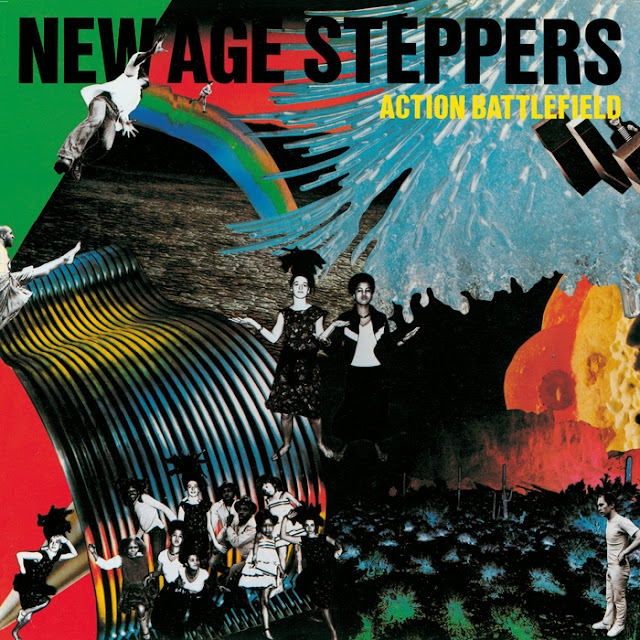
Second full-length from UK dub supergroup New Age Steppers. Incredible lead vocals from Arianne Foster, aka Ari-Up (The Slits), backing vocals from a teenage Neneh Cherry (The Slits, Rip Rig + Panic, work with the Notorious B.I.G., Youssou N’Dour, and Massive Attack, among others; also Don Cherry’s stepdaughter), bass from Crucial Tony (Dub Syndicate), and production by Adrian Sherwood (founder of On-U Sound, also the only consistent member in the N.A.S. lineup).
About as spacey as production gets, and more vocal-heavy than some of their other work. Mostly covers, including Horace Andy (“Problems”), Black Uhuru’s Michael Rose (“Observe Life”), B.B. Seaton (“My Love”), and the Heptones’ Leroy Sibbles (“Guiding Star”). Summer classic.



